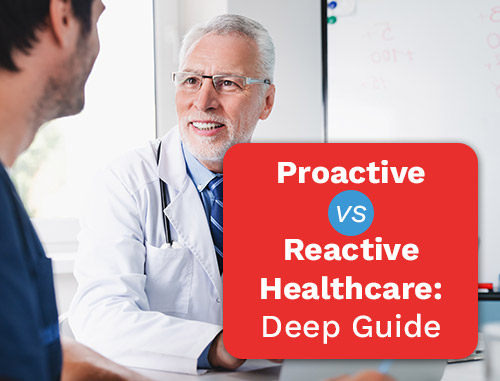How to Communicate More Effectively With Patients Through Marketing
Posted onIt’s one thing to talk with your patients face-to-face, and yet another thing to talk to patients or potential new patients via the written word. Many doctors, dentists and healthcare practitioners feel uncomfortable with this process or unqualified as professional marketing writers. If you are among them, here’s how you can make your written communications more effective.
In a previous post, we summarized the prevailing attitude of the American consumer as, “So what? Who cares? What’s in it for me?” Once you understand this, you can begin to communicate with consumers in a way that appeals to their “what’s in it for me” attitude.
If you have ever created your own marketing materials (brochure, letter to patients, promotional flyer, etc), you might want to review them after you read this article. The first thing you should look for is how many times you use words such as “we” and “our” in your communications. How many times have you started a letter, a sentence or a paragraph with “We”? Then look at how many times you use words such as “you” and “your.” Compare your totals.

Why is “You” So Important?
Your goal is to make the reader feel important to you by speaking to them and their needs directly. Using the word “you” as often as possible (without making it seem forced) is one of the most effective ways to accomplish that. It draws the reader closer to your message.
Conversely, clients and marketers who use lots of “we,” “our” and “us” in their messaging are putting distance between themselves and their readers. The reader wants to be the focus of your message, but comes away with the feeling that you are the focus of your message. When the reader asks the inevitable “what’s in it for me” question, the answer will be “nothing.”

Which of these two messages are you likely to respond more favorably to?
- The e-brochure is our newest state-of-the-art digital media product.
- The new e-brochure helps you reach your online audience more effectively.
The first choice is “we”-oriented and contains no benefit to you, the reader. The second choice is “you”-oriented and benefit-driven. By telling your audience “what’s in it for them” you will make your message considerably more effective.

 Reaching The Right Audience Through Target Marketi..
Reaching The Right Audience Through Target Marketi.. Key Elements Affecting Your Website’s Performanc..
Key Elements Affecting Your Website’s Performanc.. Proactive vs. Reactive Healthcare: Deep Guide
Proactive vs. Reactive Healthcare: Deep Guide